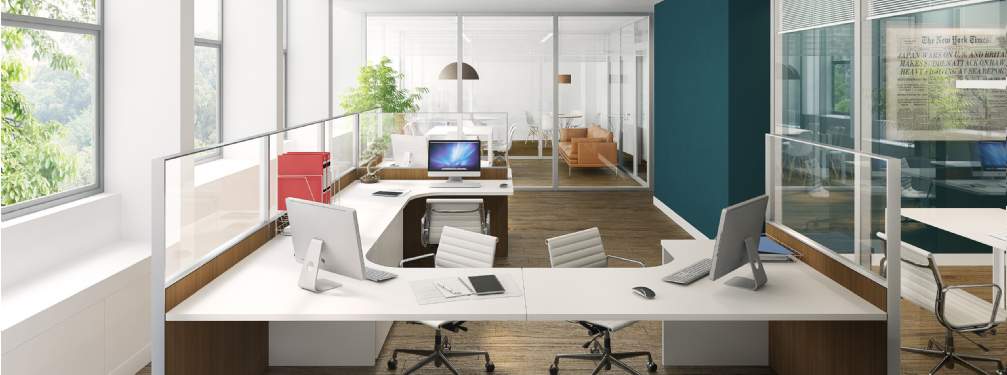Despite the bleak outlook for office markets elsewhere in the world, many of Asia-Pacific’s office markets will see positive rental growth this year.
The Ups and Downs of Office Market Cycles
Strong GDP broadly mean more commercial activity and greater demand for staff and therefore floorspace from businesses.
This has traditionally been a fairly straightforward and highly correlated relationship but the recent emergence of a variety of hybrid work arrangements including office, home or flex, mean that today’s employers may not need as much office space as previously. The degree to which hybrid working takes hold depends on factors as varied as the quality and cost of transport, the size of homes, technology infrastructure, business culture or whether or not individual roles are client facing. Often a more flex design, when ten staff occupy six desks, requires the equivalent space of two desk’s worth of space provided in social or alternative work areas. If there is a return to the office, then workers may still want social spaces and alternative work areas which may perversely increase demand.
Beyond economic growth, policy changes can also stimulate (or dampen) office demand. Examples include the opening up of new financial markets, sector subsidies, changes to taxation etc.
